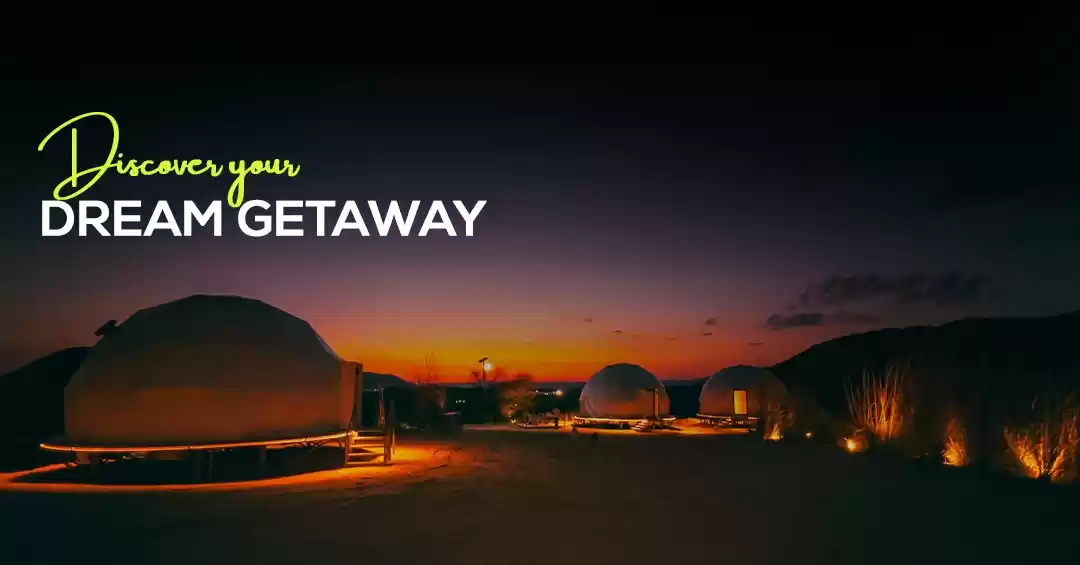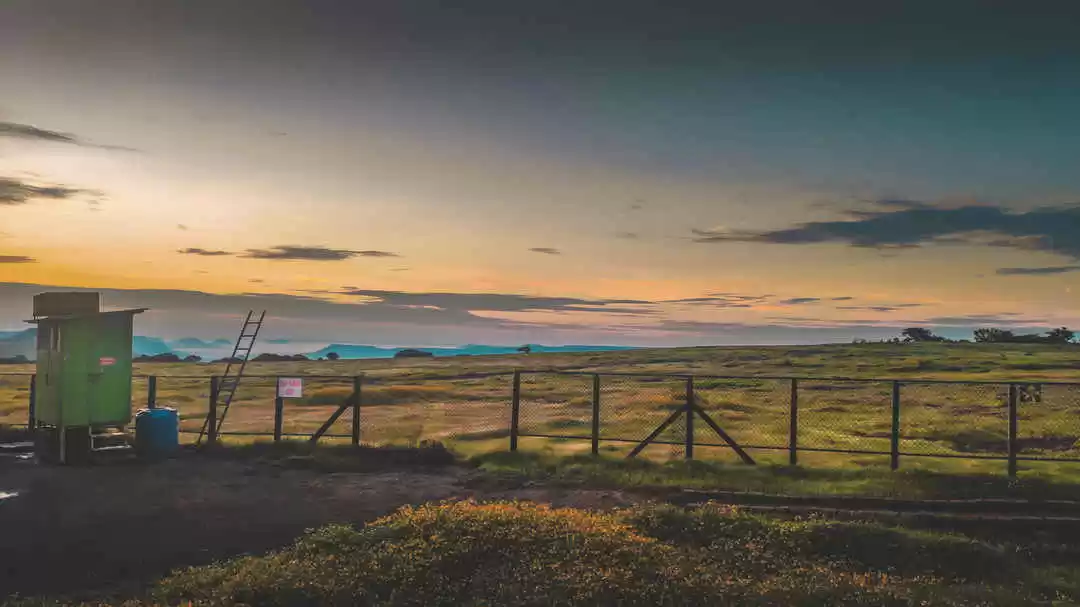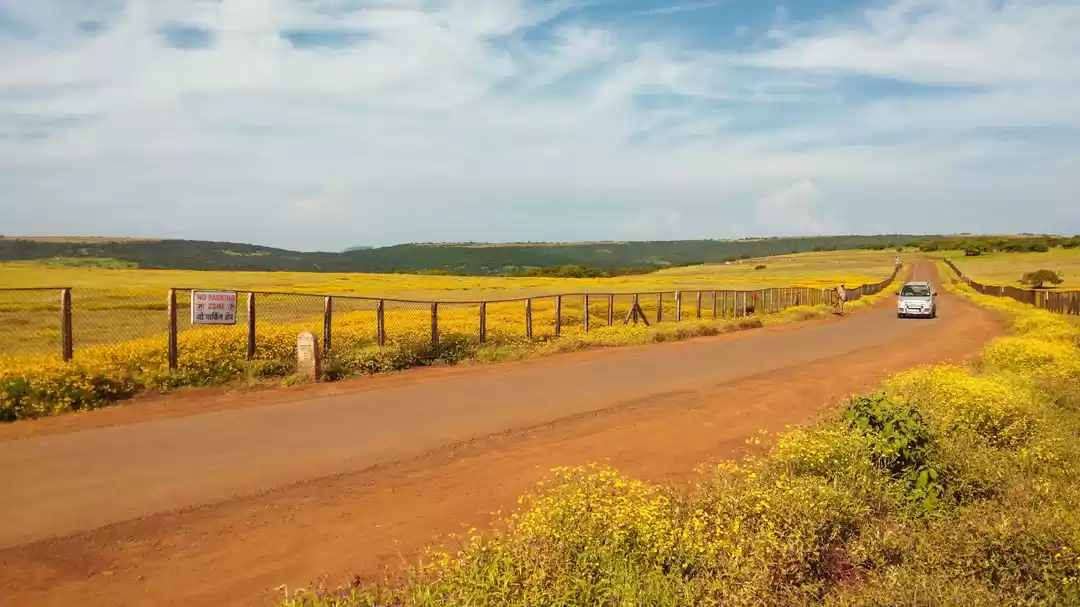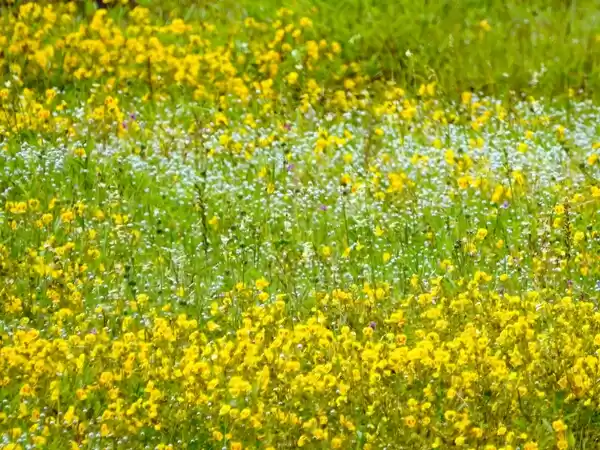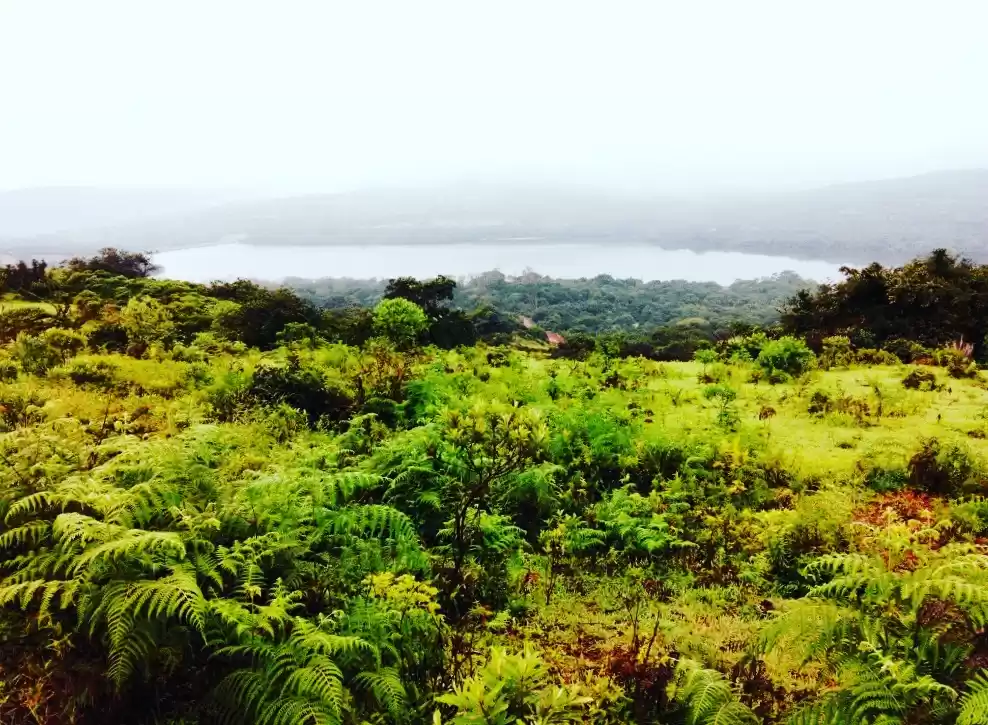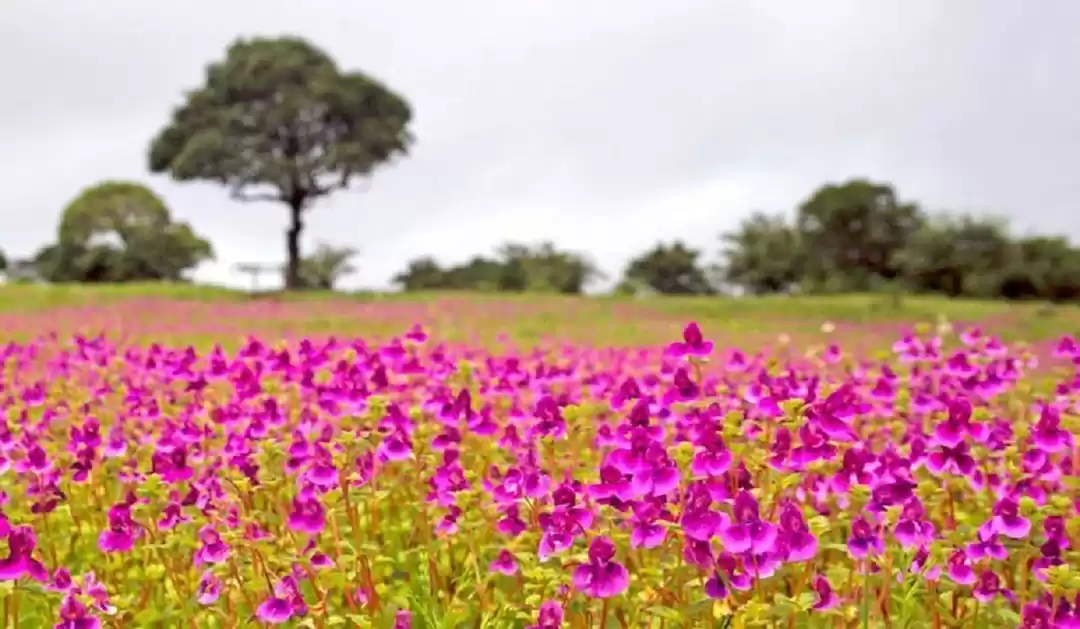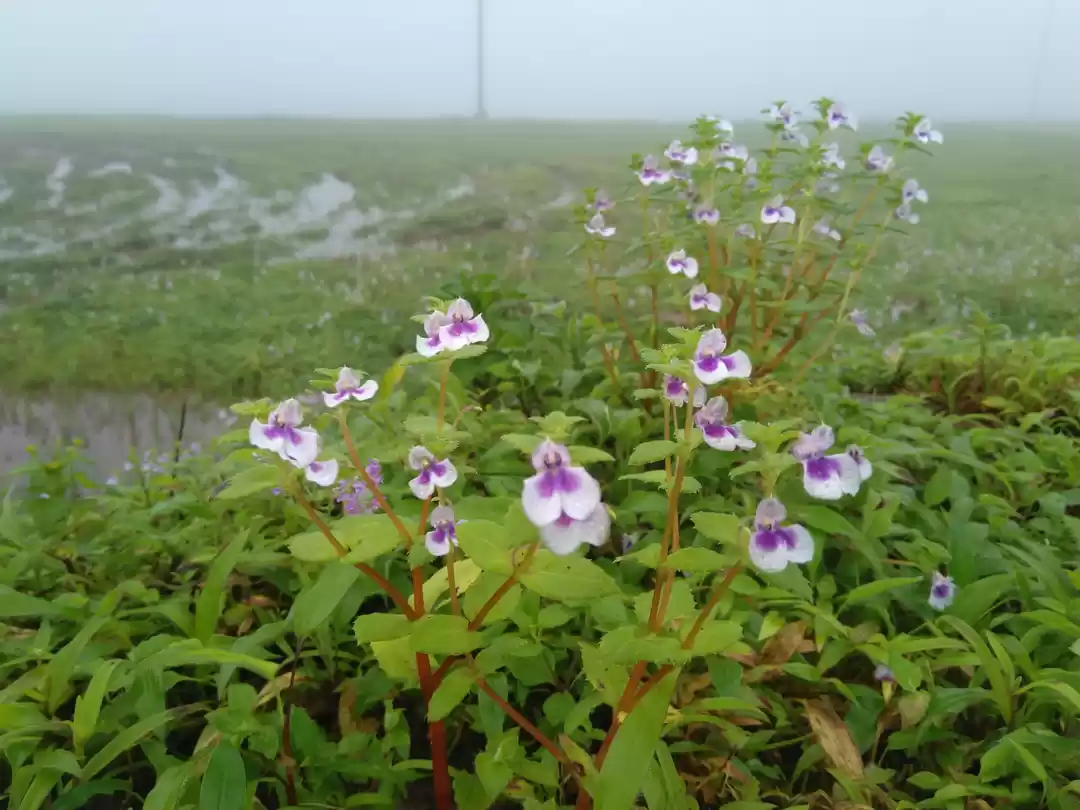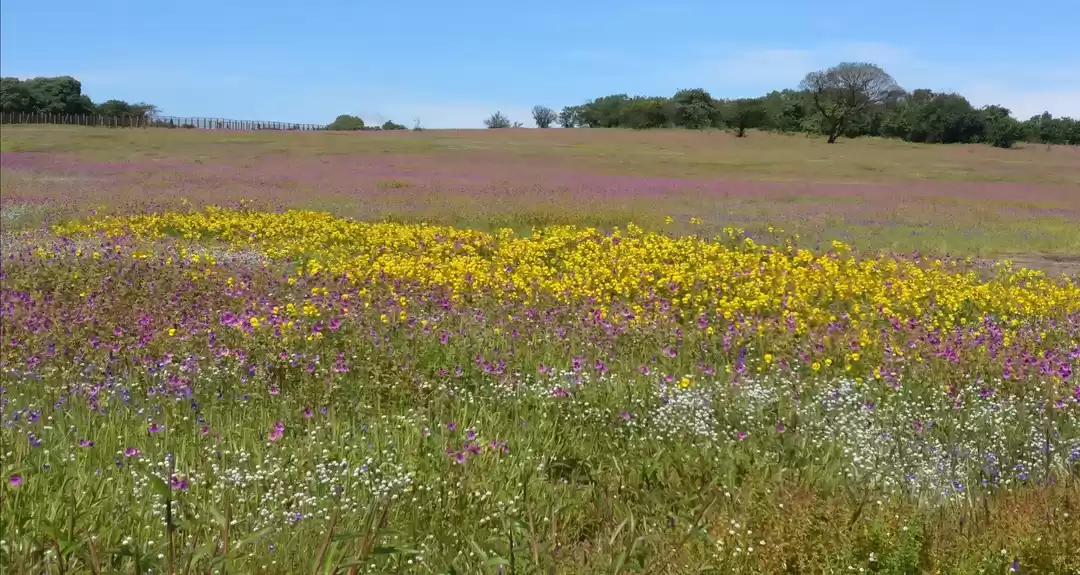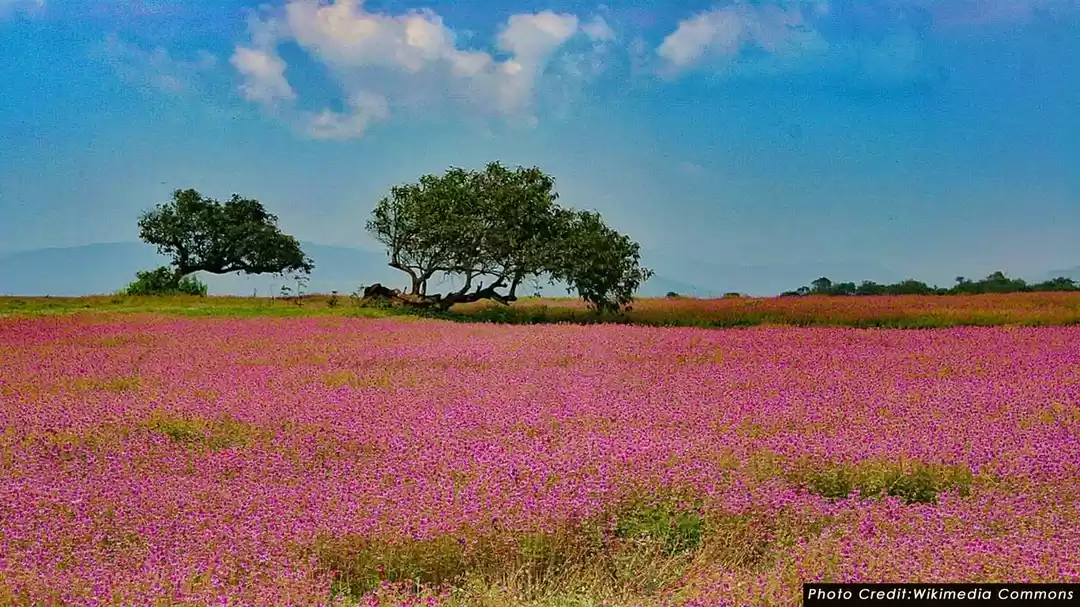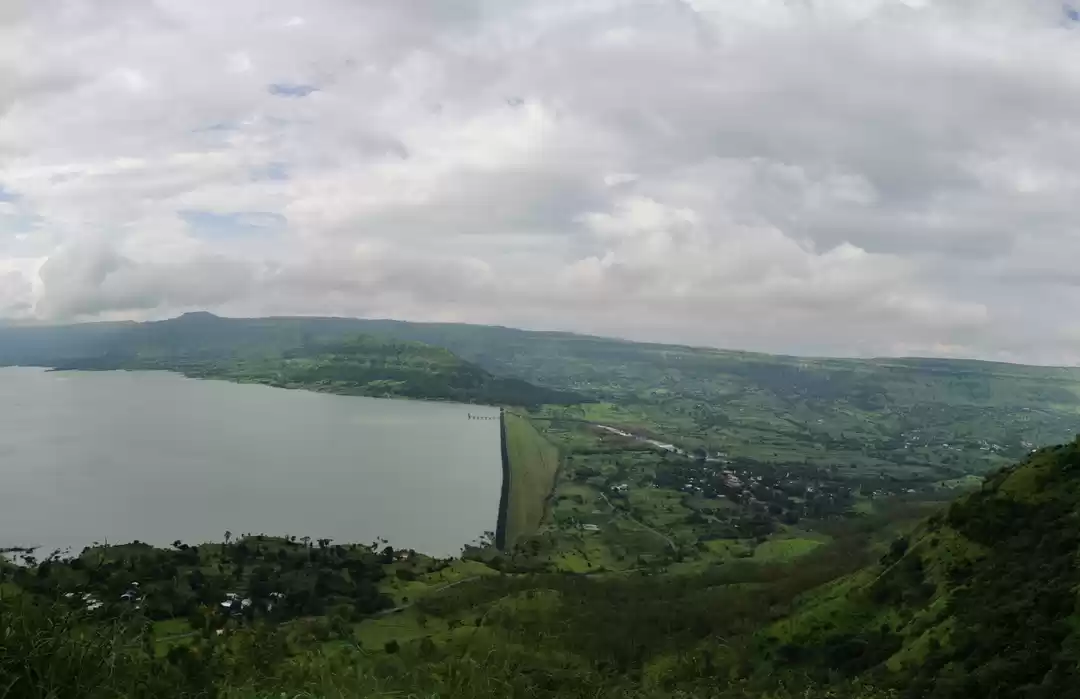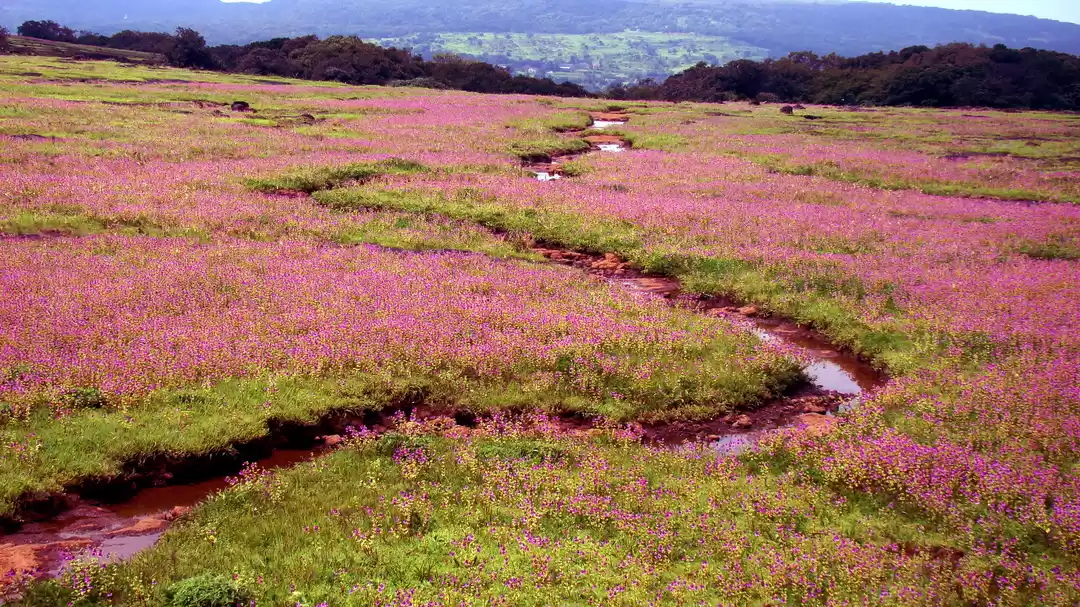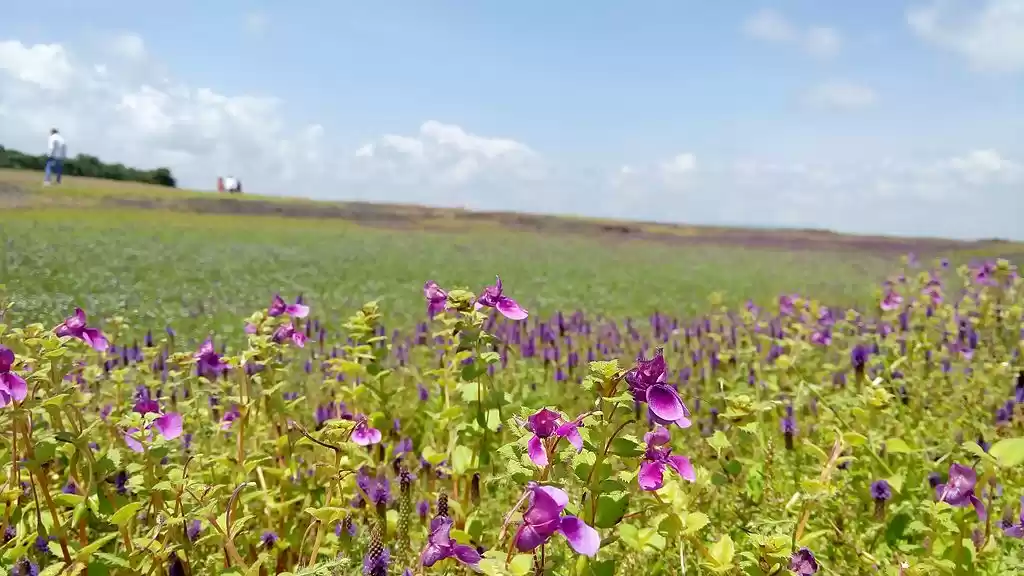
'To wander in the field of flowers, pull the thorns from your heart'
- Rumi

Among the beautiful Sahayadri hills or Western Ghats lies the Kaas Plateau locally known as Kaas Pathar. Situated 25 km away from Sattara district it is flushed with a rainbow of blossoms from July to September.
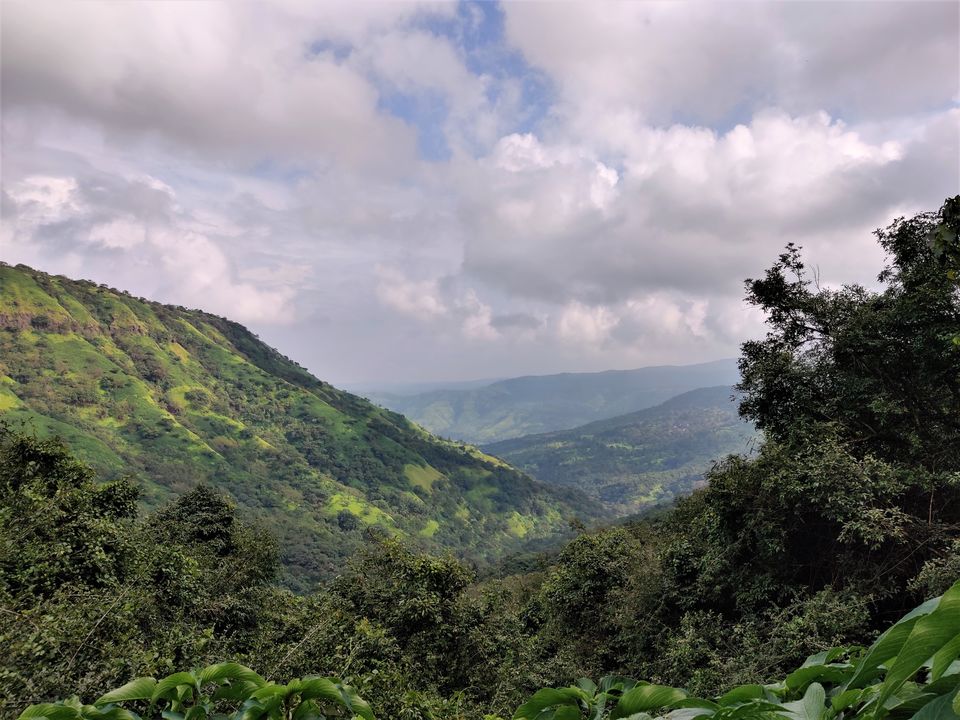
We visited this place in the beginning of October and just managed to catch the flowering season towards its tapering end.

Kaas and the nearby Koyna area is home to about 1,500 types of plants among which 400 are medicinal plants, and about 33 are endangered varieties. More than 450 species of wild flowers bloom in and after monsoon season and most of them are not found anywhere else in the world.

It is difficult to believe that a such rich bounty of plant life grows only on a one inch thick soil that covers this basaltic plateau formed millions of years ago by cooling down of volcanoes. The other type of rock that you will come across in this region is the red colored laterite locally called Jambha.
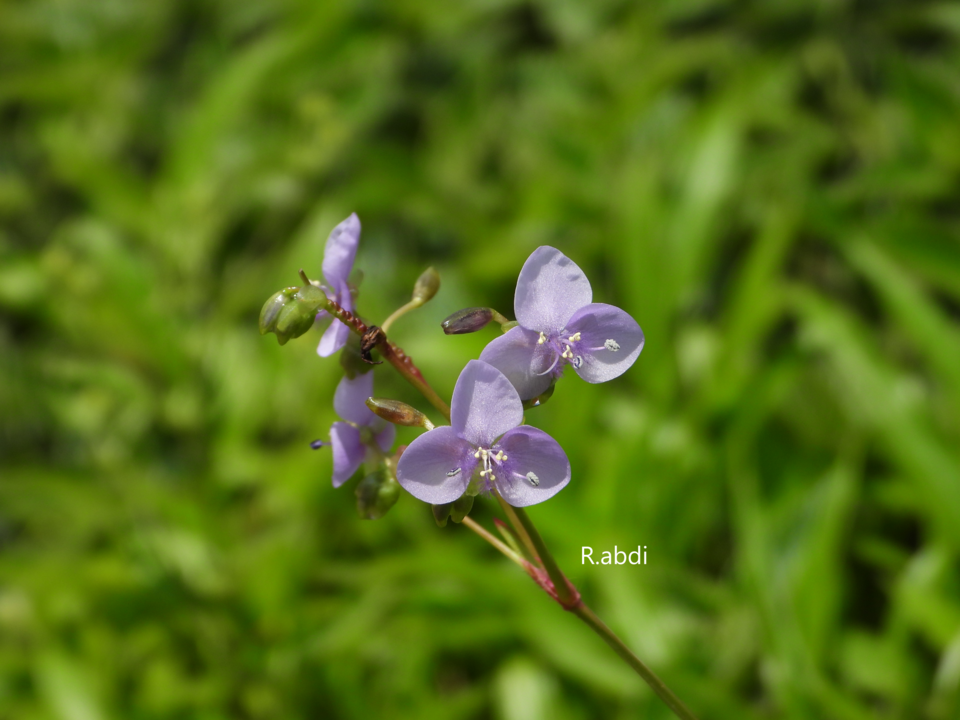

The United Nations Educational Scientific and Cultural Organization(UNESCO), has included Kaas Plateau in the list of World Natural Heritage sites. It is one of the 39 declared sites of Natural heritage in Western Ghats.


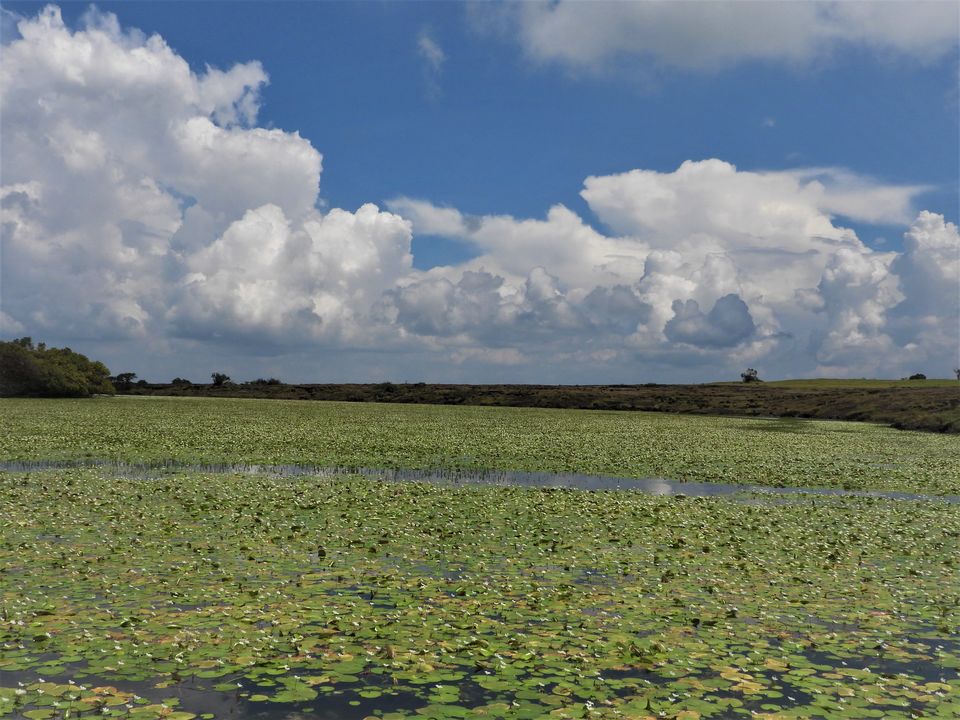

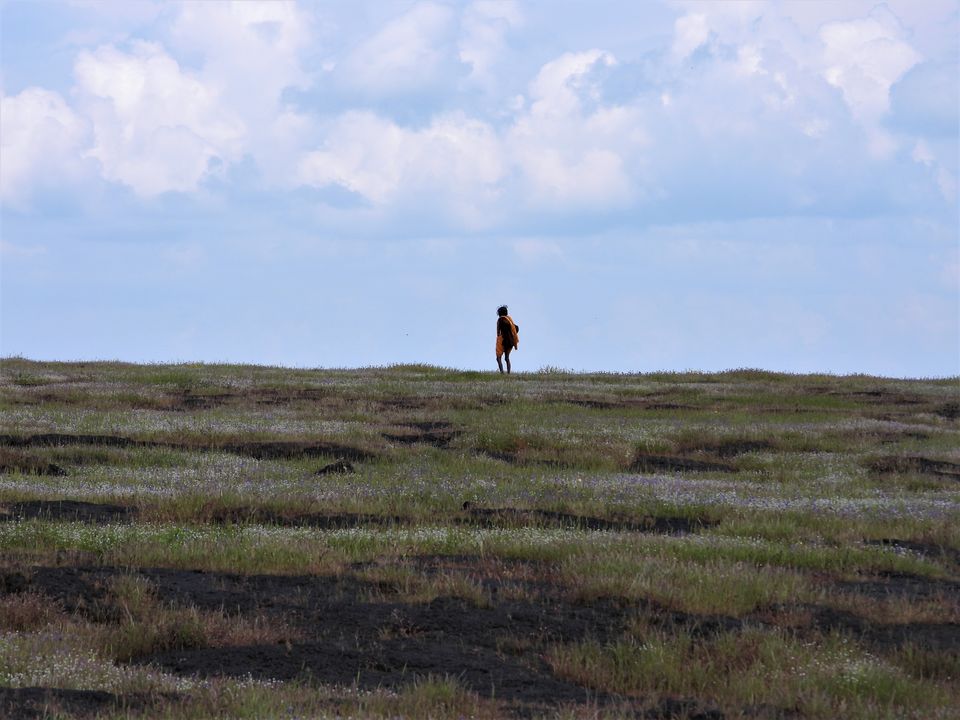
Kaas Plateau is a home to over 200 species of birds.
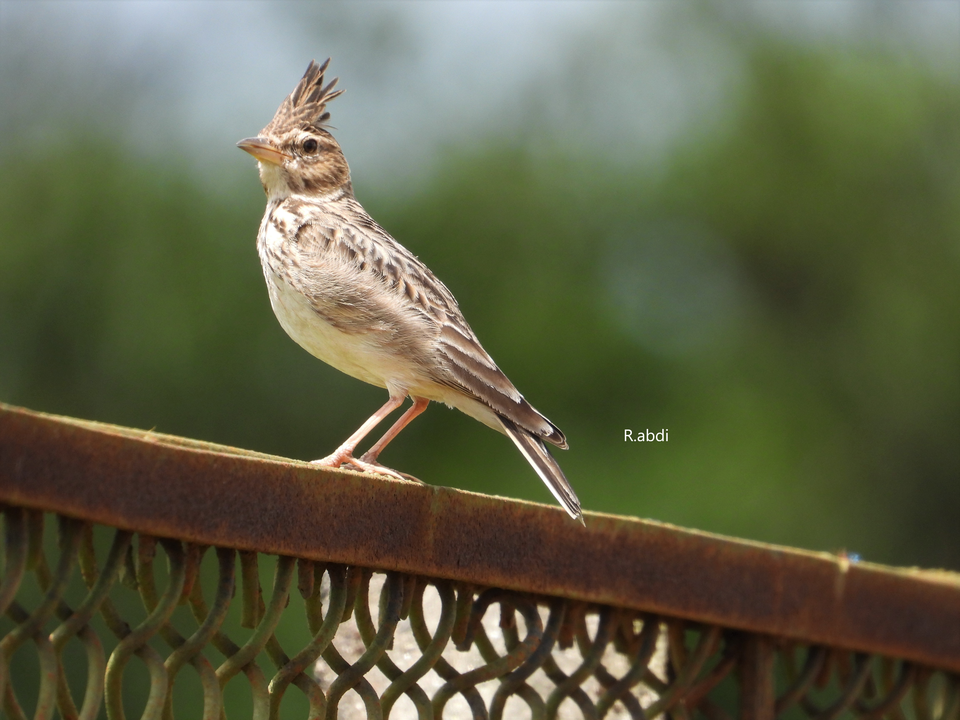
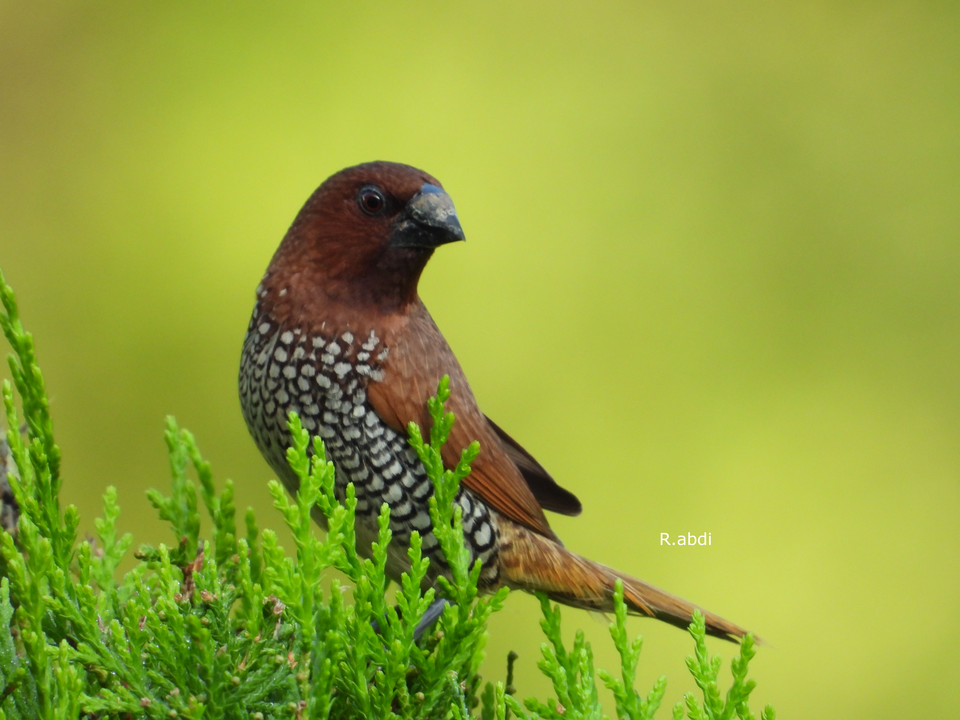
Not just the landscapes but the sky-scapes of these hills are beautiful too:
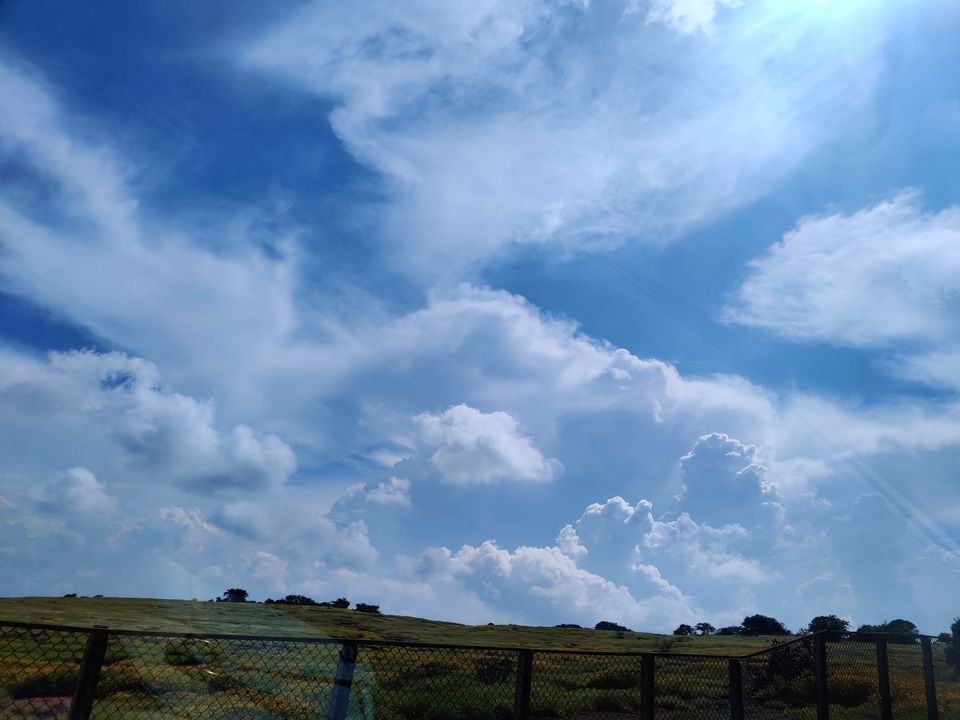
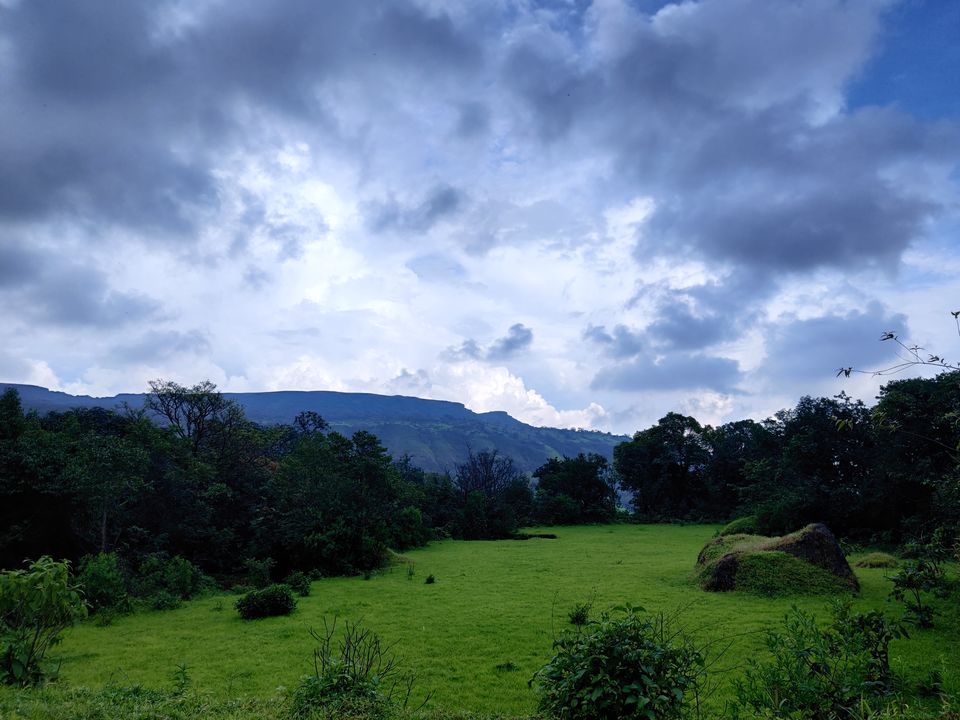
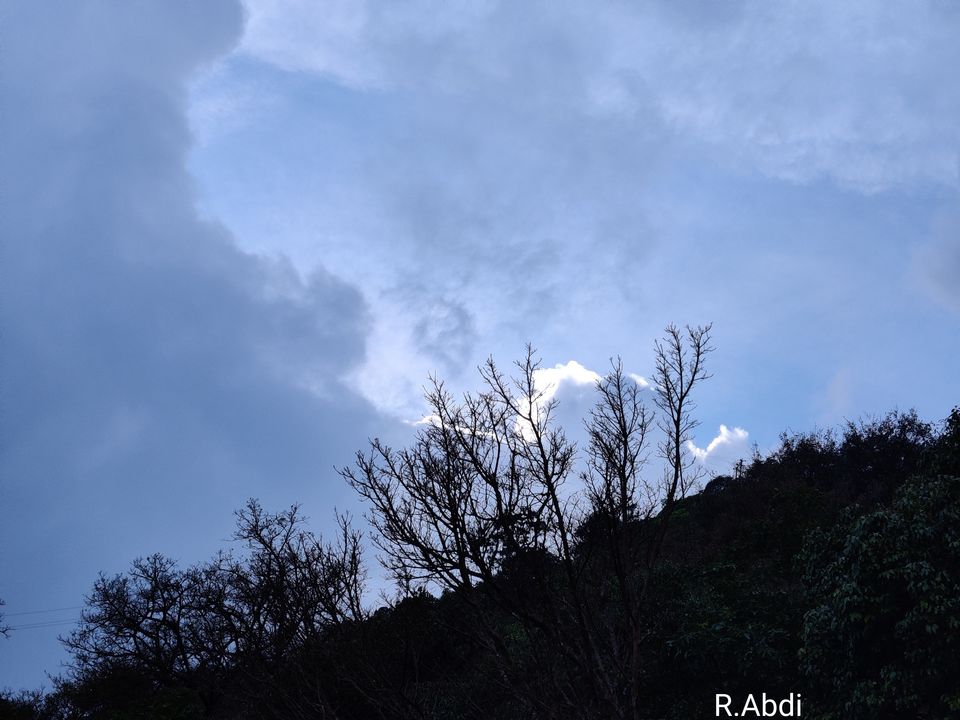
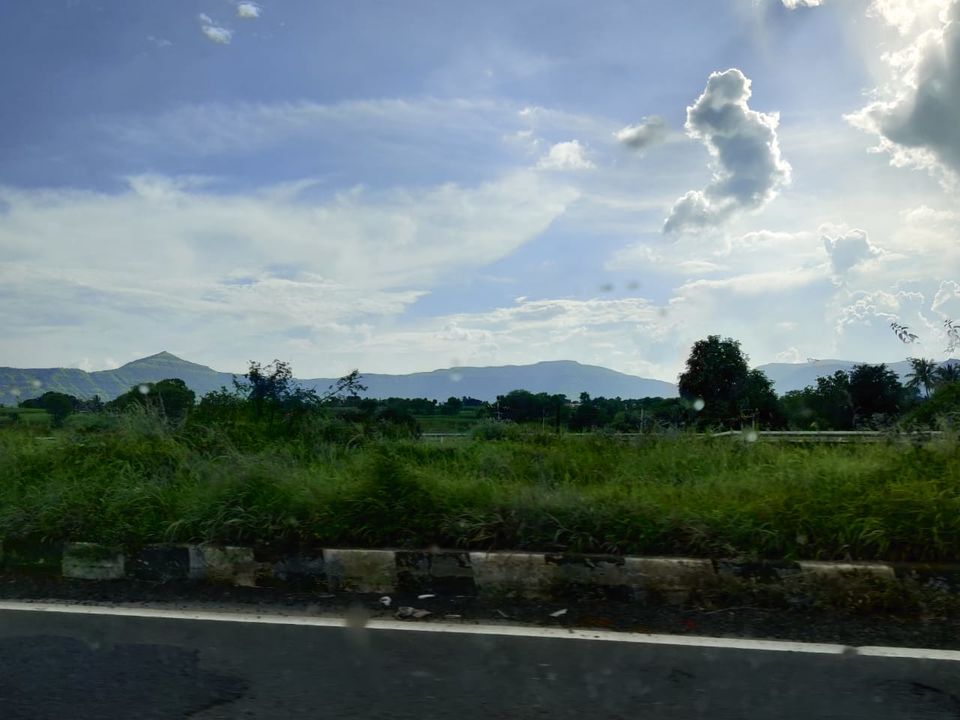
This very delicate eco-system faces threat from various factors. Insensitive tourists is a major threat. They trample the flowers just to get a selfie for their ego and social media accounts !
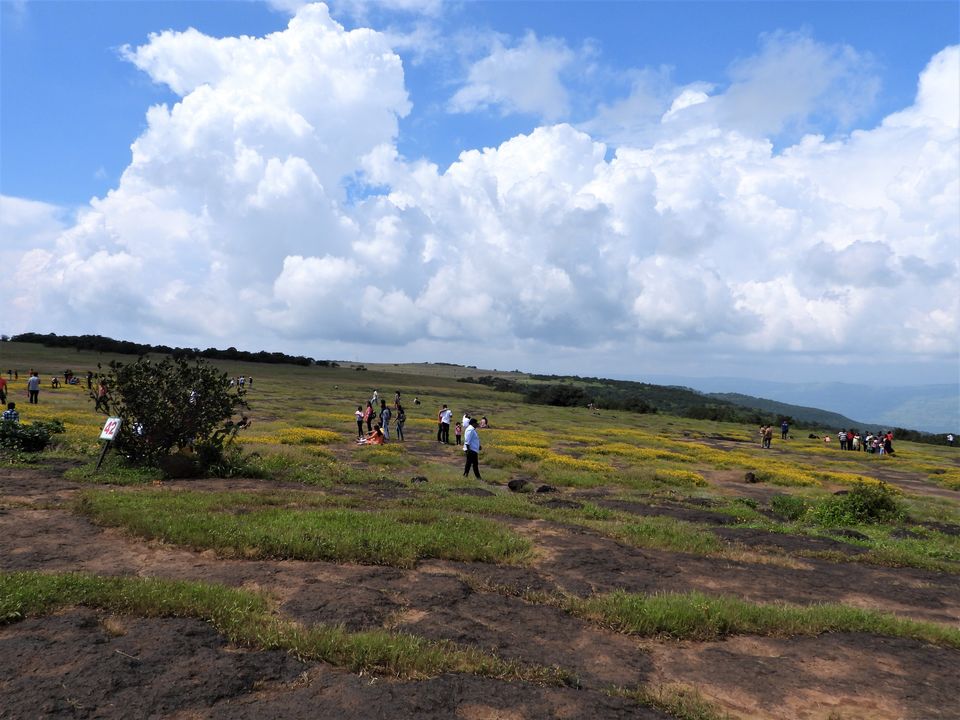
Unregulated tourist traffic that causes pollution and noise that disturbs the movement of birds and animals here which are an essential part of this eco-system.

Mining and installation of wind-mills in the adjoining areas is another threat to Kaas. Changes in the wind patterns by the wind-mills can lead to inasion by weed plants, and damage the balance of this eco-system. Mining is causing dust pollution, deforestation and changes in the local water cycle.


Waterfalls:
The Bhambavli Vajrai Waterfall is a waterfall on the Urmodi river, situated approximately 27 kilometers from the city of Satara. It is roughly 560 m tall, and is the second-highest plunge waterfall in India, after the Nohkalikai Falls in Meghalaya, with a drop of 335 m.
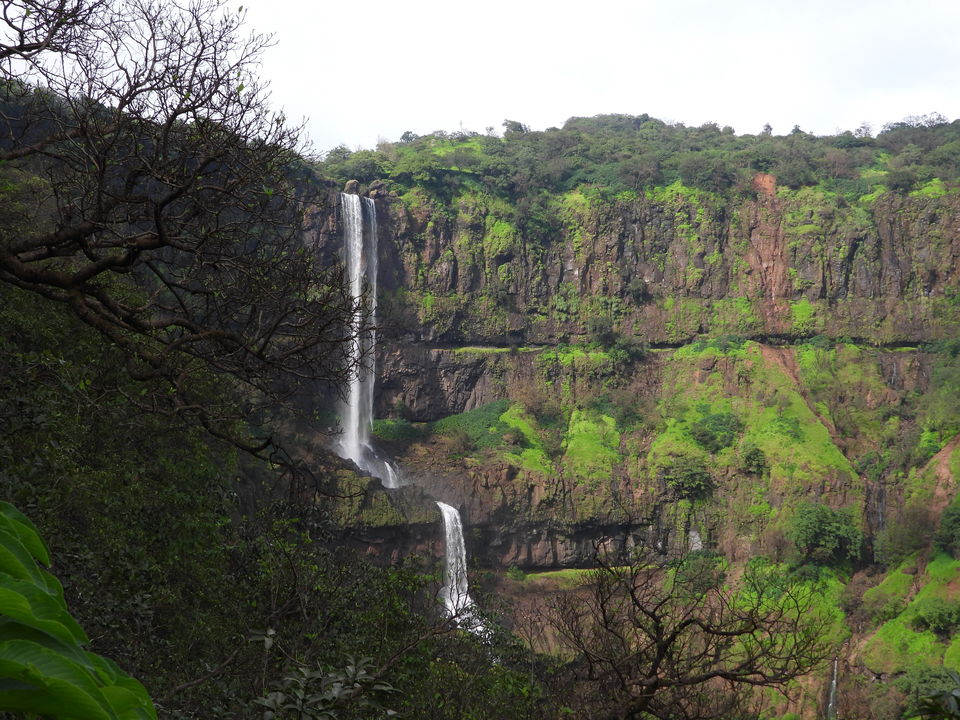
Thoseghar waterfalls is a scenic spot located near the small village of Thoseghar, 20 km from Satara city. There are a series of waterfalls, some of them 15 to 20 metres and one of approx 200 metres in height.
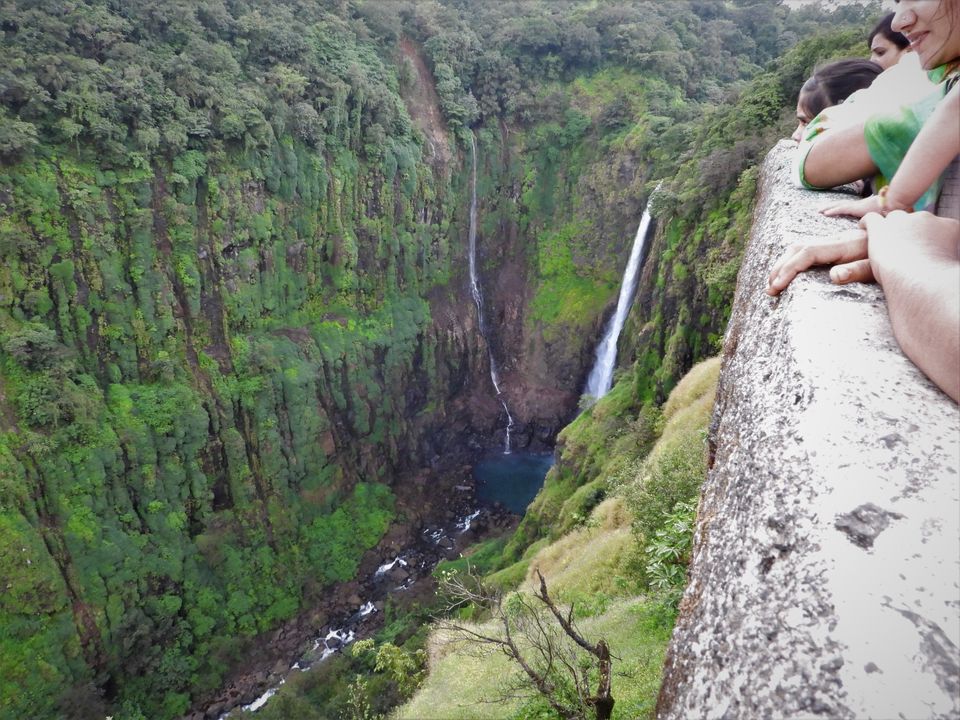
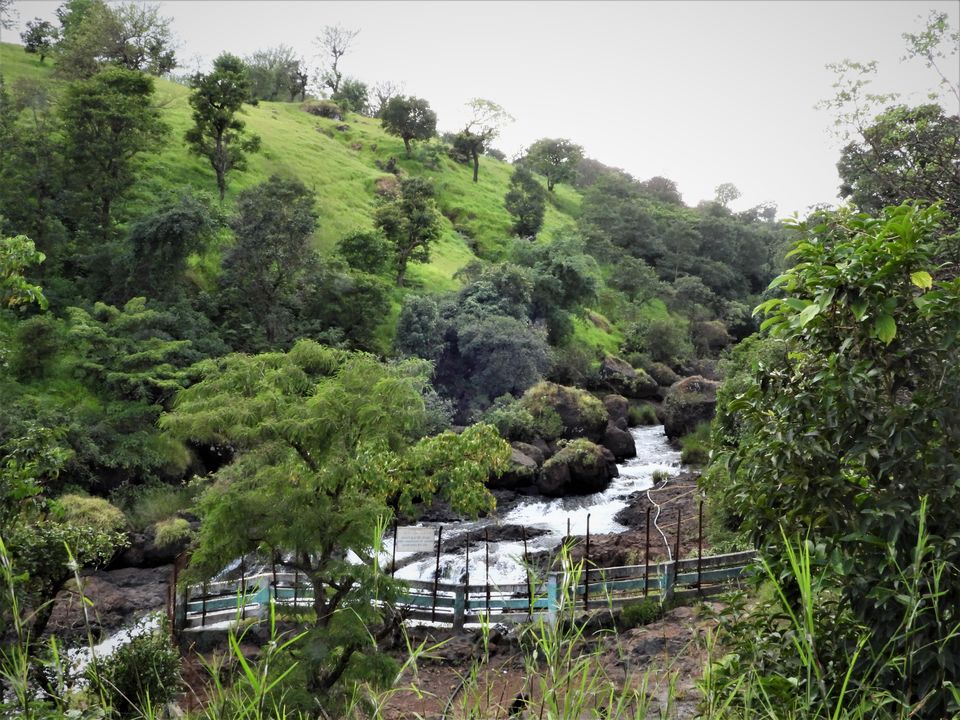
Photo credits: Rupa Abdi
How to get there:
Driving to Kaas pathar from Mumbai and Pune
Kaas is 280km, i.e. a 6hr drive, away from Mumbai. From Pune, it is about 3hrs away. Take the Mumbai–Bengaluru Highway (NH4) up to Satara and exit for Kaas plateau.
You need a permit to visit Kaas pathar, which can get at the site on most days. However, on weekends and public holidays, the permit will be available only online. This little protocol is to prevent people from stomping all over. For Rs100, you can spend three hours on the plateau.
Time slots for visitors:
7am-10am;
10am-1pm;
1pm-4pm; 4pm-7pm
Only 3,000 visitors are allowed per day, so make sure you book before you go.
Where to stay:
There aren’t many accommodation options nearby, so it’s better to keep it as a day trip. Should you still want to stay, choose from three options: the Kaas Pathar Village Resort, an MTDC-approved place 10 min away, Stayatali, which is 2 km away, or Nivant Hill Resort Satara, located at the Kaas gateway.
The other option is to club it with a weekend in Mahabaleshwar, Panchgani or Wai, an hour away. You could also plan a trek to Ajinkyatara, a historic 16th-century Maratha fort that stands on one of the seven mountains surrounding Satara. A third, slightly longer option is to cross the Western Ghats and make the 4 hr drive to Dapoli on the Konkan coast.
You may also like to read: diamond water park pune


